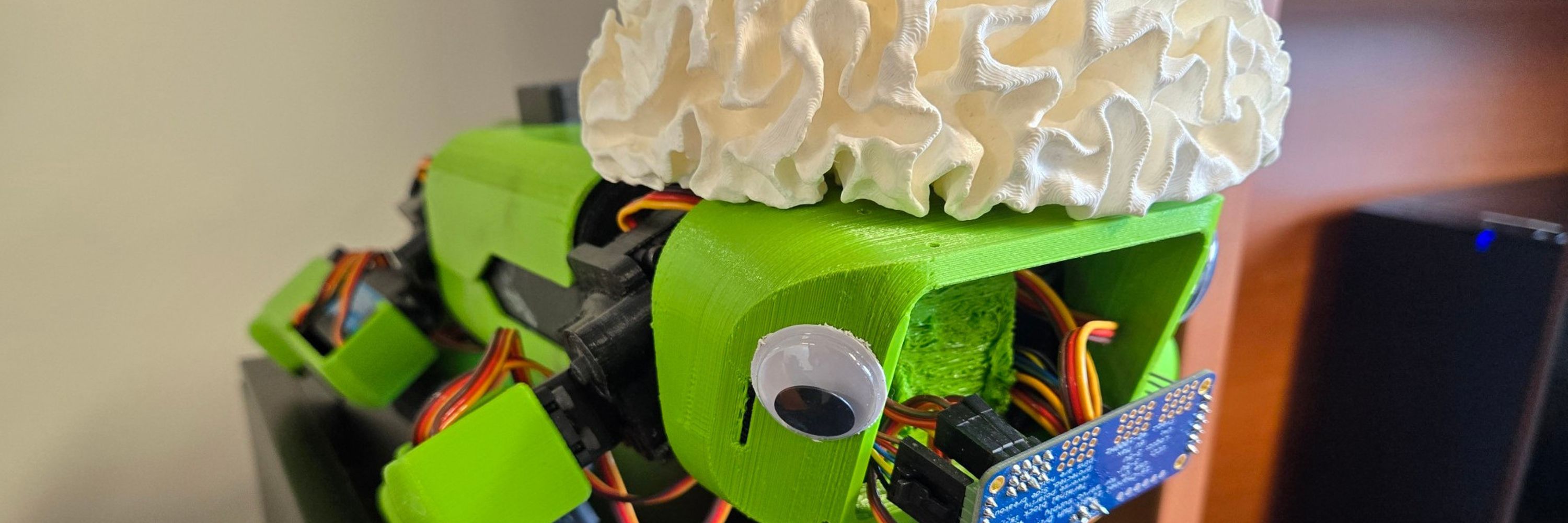
🌙 Lune Bellec
@lune-bellec.bsky.social
🏳️🌈 🏳️⚧️ 🌈♾️ Prof in psychology at Université de Montréal. Founder of the https://cneuromod.ca project: breeding individual 🤖 to mimic individual human 🧠. Delegate for digital health at the Montreal Geriatrics Institute https://criugm.qc.ca/
And to match their spirit of openness, we’ve released the code, containers, and data. Anyone can rerun the entire analysis.
Co-lead authors: @clarken.bsky.social and @surchs.bsky.social
Paper: doi.org/10.1093/giga...
Github: github.com/SIMEXP/autis...
Zenodo archive: doi.org/10.5281/zeno...
End/🧵
Co-lead authors: @clarken.bsky.social and @surchs.bsky.social
Paper: doi.org/10.1093/giga...
Github: github.com/SIMEXP/autis...
Zenodo archive: doi.org/10.5281/zeno...
End/🧵
LinkedIn
This link will take you to a page that’s not on LinkedIn
lnkd.in
September 8, 2025 at 2:04 PM
And to match their spirit of openness, we’ve released the code, containers, and data. Anyone can rerun the entire analysis.
Co-lead authors: @clarken.bsky.social and @surchs.bsky.social
Paper: doi.org/10.1093/giga...
Github: github.com/SIMEXP/autis...
Zenodo archive: doi.org/10.5281/zeno...
End/🧵
Co-lead authors: @clarken.bsky.social and @surchs.bsky.social
Paper: doi.org/10.1093/giga...
Github: github.com/SIMEXP/autis...
Zenodo archive: doi.org/10.5281/zeno...
End/🧵
The signature was discovered in a balanced cohort of ~1,000 individuals and replicated in an independent sample (thanks to the ABIDE I & II wonderful participants and the researchers who shared their data 💜💜💜). 5/🧵
September 8, 2025 at 2:03 PM
The signature was discovered in a balanced cohort of ~1,000 individuals and replicated in an independent sample (thanks to the ABIDE I & II wonderful participants and the researchers who shared their data 💜💜💜). 5/🧵
A positive result means someone is about seven times more likely to actually have an autism diagnosis. This rivals the best imaging markers, while still being found in about 1 in 200 people in the general population. 4/🧵

September 8, 2025 at 2:03 PM
A positive result means someone is about seven times more likely to actually have an autism diagnosis. This rivals the best imaging markers, while still being found in about 1 in 200 people in the general population. 4/🧵
We turned the problem on its head. Instead of trying to classify everyone, we built a brain signature that only makes predictions when it’s confident. 3/🧵

September 8, 2025 at 2:01 PM
We turned the problem on its head. Instead of trying to classify everyone, we built a brain signature that only makes predictions when it’s confident. 3/🧵
Real life isn’t balanced. Autism affects about 1% of the population. In that setting, a biomarker with 80% balanced accuracy would catch one true case for every twenty false alarms. 2/🧵
September 8, 2025 at 2:00 PM
Real life isn’t balanced. Autism affects about 1% of the population. In that setting, a biomarker with 80% balanced accuracy would catch one true case for every twenty false alarms. 2/🧵
I find AI coding most useful to comment / suggest on what I do. Your disastrous experience with code generation matches mine. But as a side kick it's incredibly positive IMO.
August 1, 2025 at 9:10 PM
I find AI coding most useful to comment / suggest on what I do. Your disastrous experience with code generation matches mine. But as a side kick it's incredibly positive IMO.

